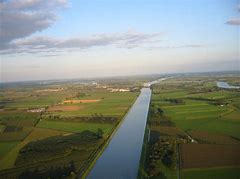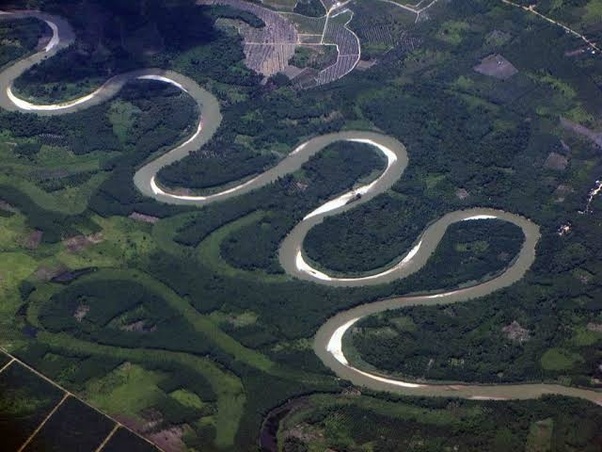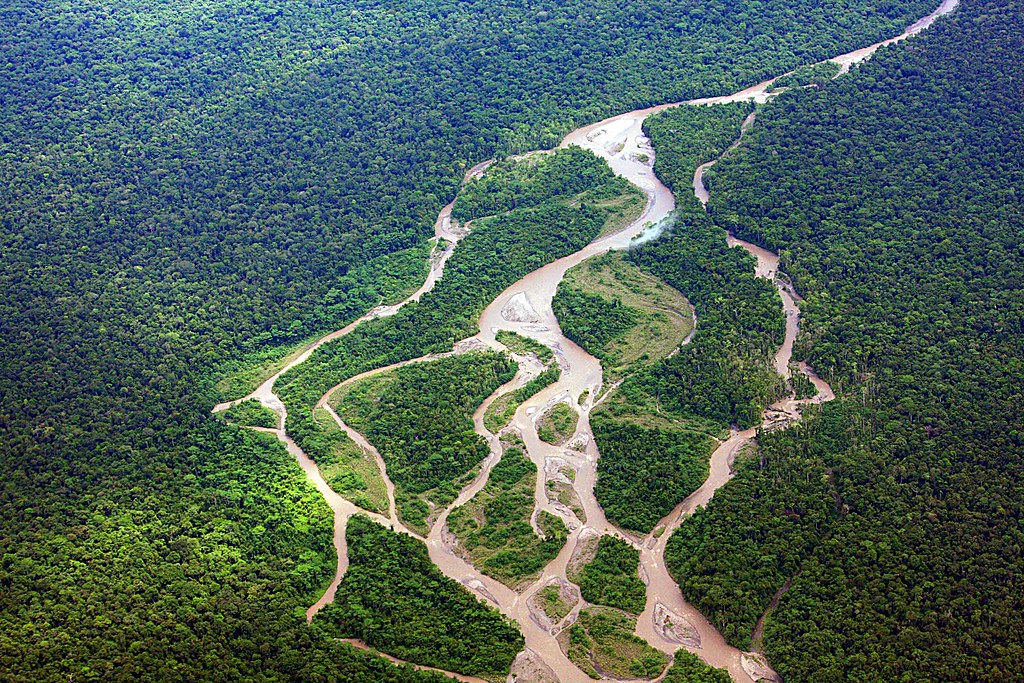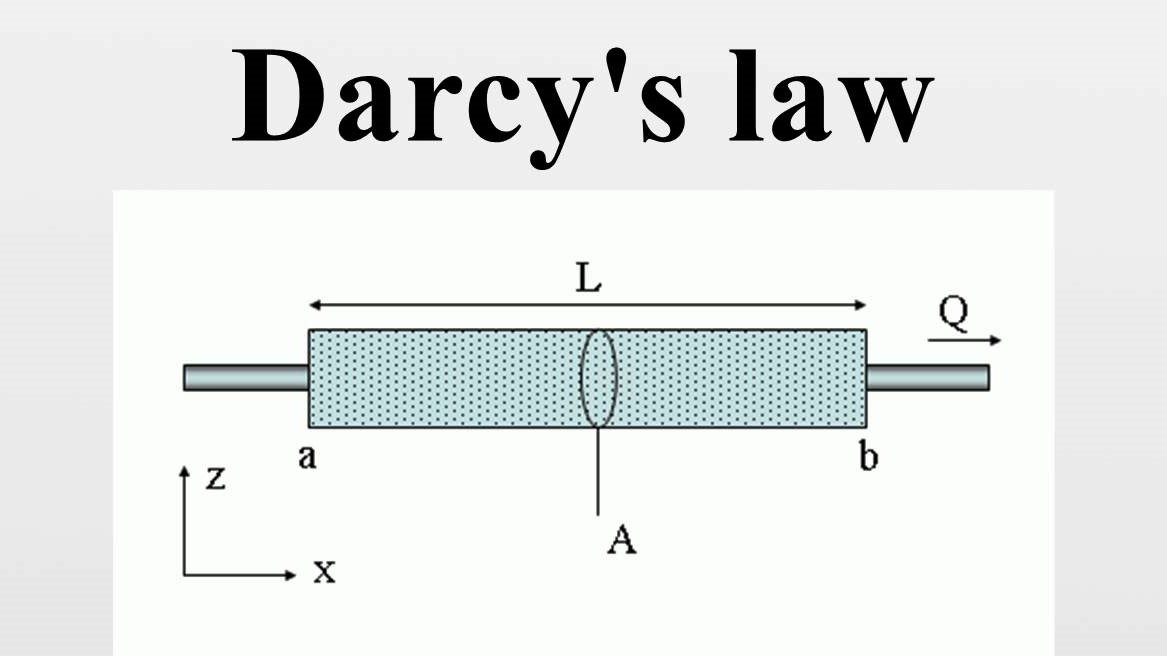Chapter:
1. Define Hydrogeology. Explain Hydrological cycle.
Hydrogeology is the branch of geology that deals with the distribution and movement of ground water and the geologic process of the surface water. It also refers to the study of hydrological properties of rocks and the occurrence of groundwater, it's movement and action.
Hydrological Cycle:
The sequence of conditions through which water passes from vapor in the atmosphere through precipitation upon land or water surfaces and ultimately back into the atmosphere as a result of evaporation and transpiration is known as hydrological or water cycle.
2. Explain river channel morphology and ir engineering significances.
River channel morphology refers to the channel pattern and channel geometry at several points along a river channel. River is a mass of water that flows along a path -high to low gradient carrying different materials and responsible for different geological actions, such as erosions, transportation, and deposition of sediments. Rivers channels are of following types:
- Straight river
- Meandering river
- Braided river
Straight Rivers:
This type of river follow straight path. The topography of the area is characterized by steep relief. The gradient of the river path is also high. Since the energy of such river is high, the erosional rate is intensively higher than the deposition of sediments. Deep scouring along the river is higher than the side cutting. Straight rivers are dominantly occurred in Higher Himalaya region.
fig: straight river.Meandering Rivers:
This type of rivers follows a zigzag path. The topography of the area is characterized by moderate relief. The gradient of the river path is so moderate that the river strikes in one end and returns to the other direction making the path zigzag. The river is widened and flow with lower velocity than that of straight rivers. Since the energy level of such river is medium, the erosional rate and depositional rate of such river is comparatively equal. The side cutting by the river is higher than deep scouring along the rivers. In the striking bank, the side cutting is higher with higher erosional rate and opposite to the strike bank is a depositional bank where depositions of sediments takes place. Due to this phenomenon, the channel shifting is prominent in such types of river system. Meandering rivers are dominantly occurred in the midlands and Lesser Himalayan region.
fig: meandering rivers.Braided Rivers:
In this type of rivers,a single river is diverted into several paths and may converge to single later. The topography of the area is characterized by low relief. The gradient of the river path is so low and the river area is widened and flow with lower velocity. Since the energy level of such river is low, the depositional rate of sediments is intensly larger than the erosional rate. Many channel bar occur along the river path. Due to this phenomenon the channel shifting is prominent in such types of river system. Braided rivers are dominantly occurred in Terai region.
fig : Braided riversEngineering Significance Of Different Types Of River System:
A civil engineer has to face different types of river channels for the construction of different types of civil engineering structures as well as for the survey of availability of the construction materials. Some of the Engineering Significance Of Different Types Of River System can be shown by the following points:
- If a bridge is to be constructed on a straight river, it is not applicable to make a foundation in the river channel as scouring is intense along the path. As side cutting is lower in such case, an arc bridge may be a good option.
- In the meandering river, if the bridge is constructed in curved portion , then the foundation on the striking bank may not be affected. Instead in such conditions, the site of the bridge may be proposed in the straight portion of the meandering river.
- In the braided river condition, a span of bridge must be high with many pillars on the river path.
- For hydropower site, in straight river condition, run off type hydropower is applicable. In meandering type, run off as well as reservoir may be proposed according to the site condition. In the low land braided condition, the hydropower project may be unfeasible due to low gradient and high sedimentation problems.
3. Explain phenomenon of Origin, Type and Movement of Ground Water.
Origin Of Ground Water:
Groundwater mainly comes from three sources. They are:- Meteoric Water: This is the main source of groundwater and is received in the form of rain and snow. This water infiltrates from the surface through fissures, pores and joints of rocks till it is stored on non-permeable rocks in the form of groundwater;
- Connate Water:This exists in pores and cavities of sedimentary rocks of seas and lakes. It is also called sedimentary water.
- Magmatic Water: This converts into water after condensation of vapour as a result of volcanic action at the time of entering hot rocks.
Meteoric Water:
This is the main source of groundwater. This water is received in the form of rain and snow. Water from tanks, lakes, rivers and seas is again received by earth after vaporization. Water is received by melting of snow or rain, hence it is called meteoric or shooting star water. From the surface of the earth, this water infiltrates down below through rock joints, pores and fissures of rocks and is stored at the level of impermeable rocks in the form of groundwater.
Water contained in pores and cavities of sedimentary rocks under seas and lakes is called connate water. It is also called sediment water. It is the second important source of groundwater. This is the water that is entrapped in the interstices of sedimentary and volanic rocks at the time of deposition. Connate water is highly mineralized and salty and does not mix readily with meteoric groundwater. Connate water is usually found deep down in the lower layers of the zone of saturation.
Hot magma enters rocks due to volcanic action after which its vapour drops are condensed and converted into water. This is called magmatic water. Apart from it, other sources are those in which groundwater becomes again available on the surface of the earth.They are mainly springs, wells, and geysers. Such water is considered to have been generated in the interior of the earth. It has consequently travelled to the upper layers of the earths surface for the first time; this is also known as magmatic water.
Generally ground water are found in two distinct zones:
- Zone of aeration
- Zone of saturation
Below the ground surface, the voids within the soils or rocks contain both air and water. This zone is called the zone of aeration. The zone of saturation is the region where the pores and spaces contains water only. This zone serves as storage and distribution for groundwater. The water table separates the zone of aeration from the zone of saturation.
fig: zone of aeration and saturation.
The following are the types of groundwater which occur into the zone of aeration:
- Soil water
- Pellicular water
- Vadose water
- Perched water
- Capillary water
Soil water:
This is the water which occurs in the soil and available to the roots of plants or vegetation existing on the surface.
Pellicular water:
When rainwater percolates ( filter gradually through a porous surface or substance) downwards, some portion of water sticks to the fractures or to the surface of openings in rocks. It does not move under the influence of gravity rather adhere to the surface of solid particles or the walls of cavities. Such water is called pellicular water.
Vadose Water:
It is that fraction of precipitation which percolates downwards under the influence of gravity and joins the zone of saturation.
Perched Water:
It is the water trapped above an impermeable layer within the zone of aeration.
Capillary Water:
It is the water that exists within very fine openings, just above and in contact with the water table.
The following are the types of ground water which occurs in the zone of saturation:
- Unconfined water
- Confined water
- Fixed ground water
- Connate water
- Internal water
- Juvenile water
Unconfined Water:
It is the type of water which lies below the water table and under atmospheric pressure only. This water can move freely upwards or downwards within the aquifers.
Confined Water:
It is the type of water which occurs below the water table and confined between impervious beds. It occurs under some hydrostatic pressure.
Fixed Ground water;
This exists within extremely small openings in aquicludes and cannot move under gravity.
Connate water:
This is the water which is held within the rocks right from the beginning of their formation.
Internal Water:
It occurs at very great depths within the zone of disconnected openings.
Juvenile Water:
It is the name given to water from a magmatic source.
Differences between zone of aeration and saturation:
| sno | Zone of aeration | zone of saturation |
| 1 | The zone of aeration is located immediately beneath the root-zone. | The zone of saturation lies below the zone of aeration. |
| 2 | The soil and rocks in the zone of aeration have pores which are partially filled with water and air. | The zone of saturation comprises rocks and soil whose pores are saturated with water. |
| 3 | Water moves from the aeration layer to the saturation layer in a process known as infiltration. | Water rises against gravity from the saturation layer to the aeration layer through a process known as capillarity. |
| 4 | The zone of aeration lies above the water table. | The zone of saturation lies beneath the water table. |
Movement Of Ground Water:
Ground water flows from water table areas of higher elevation to the water table areas of lower elevation due to potential energy derived from gravity. The movement of subsurface water is governed by Darcy's law. This law states that: the rate of flow of water through a porous medium is:
- directly proportional to the difference in hydraulic head (`h_1 - h_2`)
- Inversely proportional to the length of the column (L)
Mathematically,
V `\propto` (`h_1 -``h_2`)$/L$
or,$ V=KI$
where, I=Hydraulic gradient and K=hydraulic conductivity or coefficient of permeability
Since,
discharge `(Q)=V *A`
where,
A=Cros-section area
V=flow velocity.
Thus,` Q=KIA`
This relationship is of fundamental importance in groundwater studies.
The different factors that govern the movement of Ground water are:
- Porosity
- Permeability
- Hydraulic Gradient (I)
- Hydraulic Conductivity (K)
Porosity:
Porosity is defined as the ratio of volume of the voids in a rock mass to the total volume of the rock expressed in percentage. It refers to the degree to which the rock possesses pores.
porosity=`V_(voids)/V_(Total)`
Some factors affecting Porosity are:
- Sorting: well sorted sediments generally have high porosity than poorly sorted sediments for a simple reason that if a sediment is a range of particle sizes then the smaller particles may fill the voids between the larger particles.
- Grain Shape: Irregular shaped particles tend not to pack as nearly as rounded particles, resulting in higher proportions of void spaces.
The table below shows the porosity ranges for different rocks:
| sno | Rocks | Porosity range (in percentage) |
| 1 | Granite | 1.5 |
| 2 | Quarzite | 1.5 |
| 3 | Slate, Shales | 4 |
| 4 | Limestone | 5 - 10 |
| 5 | Sandstone | 10 - 15 |
Permeability:
Permeability is defined as the capacity of the porous rock, sediments, or soil to transmit water through it's void spaces. It is the measure of the inter-connectedness of a materials pore spaces. Permeability is a property that is specific to the sediment and is independent of fluid properties. A rock may be extremely porous but If the pores are not interconnected, it will have no permeability.
- A sandstone rock is typically porous and permeable.
- Shales are porous but have a low permeability because their intergranular space is too narrow.
- Some vesicles basalts are highly porous but less permeable because the vesicles in them are not interconnected.
- Majority of Igneous and Metamorphic rocks have low porosity and low permeability.
table below shows the permeability of different rocks:
| sno | materials | permeability (`(cm)/s`) |
| 1 | Well sorted gravel materials | `10^-2` to 1 |
| 2 | Well sorted sands, glacial outwash | `10^-3` to `10^-1` |
| 3 | Silty sands, fine sands | `10^-5` to `10^-3` |
| 4 | Silt, sandy silts, clayey sands, till | `10^-6` to `10^-4` |
| 5 | Clay | `10^-9` to `10^-6 |
Hydraulic Gradient (I):
The difference between hydraulic head at two points divided by the length is termed as Hydraulic Gradient.
Hydraulic Conductivity (K):
Hydraulic conductivity is the measure of how easily a particular fluid will pass through a particular earth materials. Hydraulic conductivity, K, may be defined as the flow velocity per unit hydraulic gradient. It is expressed in meters per day or meters per sec. The hydraulic conductivity is the property of both the porous medium and the fluid moving through porous medium. The greater the value of K, the higher will be the rate of flow of a fluid through a material. Hydraulic conductivity is similar to permeability.The difference is that permeability is the property that is specific to the sediment while hydraulic conductivity describes the behavior of a specific fluid and specific sediments.
4. List geological factors for formation of different hydrological condition.
The determination of hydrological condition focuses on the analysis of the factors that most directly influence changes in flow, quality, or timing of water in a specific watershed of interest. Some general geological factors are:
Geotechnical properties of soil like porosity, permeability etc.
Geological structures such as folds, faults, joints etc
Permafrost in snow-covered zones.
Coarse sediments such as gravel, pebbles, cobbles and boulders.
River channel morphology
5. Define Aquifer
An aquifer is defined as a water bearing layer of rock or sediment capable of yielding usable quantities of water, composed of unconsolidated materials such as sand and gravel, or consolidated rock such as sandstone or fractured limestone. Aquifers are also called as ground water reservoir of water bearing formation.
6. How Aquifer are formed? Explain difference between confined and unconfined aquifer.
Aquifers are created when water seeps through the earth and permeable rock until reaching a layer of impermeable rock. Groundwater then saturates the surrounding rock or sand, forming an aquifer. The region supplying water to the confined aquifer is known as recharge area.
A confined aquifer forms when water collects, by pressure or gravity, between two layers of impermeable rock. Fissures in solid rock also allow water to pool.
Unconfined aquifer | Confined aquifer |
In this of aquifers the water table is formed in the upper surface of zone of saturation. So it is called as water table aquifer. | In this type of aquifer the ground water is confined under pressure by the over lying strata than the atmospheric pressure. So it is known as pressure aquifer. |
It occurs near the ground surface. | It is generally occurs at significant depth below the ground surface. |
High flow yield. | Low flow yield. |
Hydraulic conductivity is medium. | Hydraulic conductivity is low to medium. |
Unconfined aquifer water has a greater exposure to contamination from external sources, such as rain, streams and rivers | Confined aquifers that are sealed in impermeable rock are protected from contaminants. |
Unconfined aquifers form at a quicker rate compared to confined aquifers. | Confined aquifers form at a relatively slower rate compared to confined aquifers. |
In unconfined aquifers, water is allowed to rise and fall. | In confined aquifers, water is not allowed to rise and fall. |
 Guest
Guest





